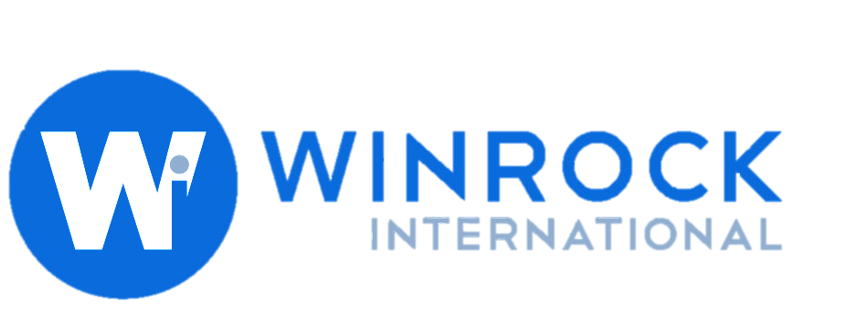To Consider:
In addition, the indicator provides flexibility in counting those assisted who may not technically qualify as trafficked, due to the complex identification process, but they may have faced exploitation and other forms of violence and were referred on to services.
Definitions:
Stakeholders refer to members of the Government/Private sector/CSO/Community who have been technically supported or trained by the project.
According to the Bali Process policy guide (2015), victim identification “encompasses the process of initial screening at the point of first contact and the initial assistance and protection that is provided once a person is presumed to be a victim. It also involves the verification of the person’s status as a victim as more evidence comes to light and, in some cases, official confirmation that a person is a victim following the conclusion of a criminal process” (p.2).
Referral refers to "actively referring victims to the corresponding agencies that can help and serve them to better protect their basic rights" (IOM, 2017, p.1)


